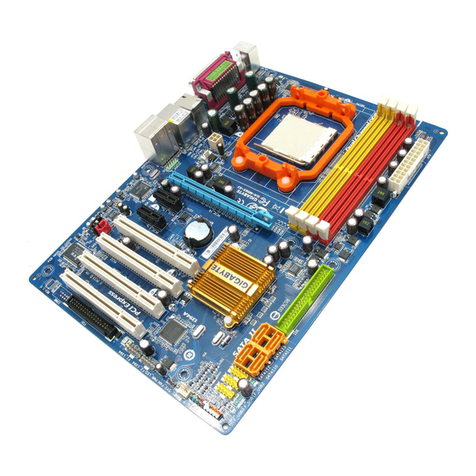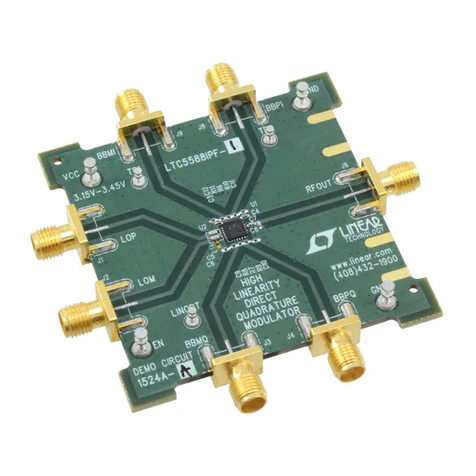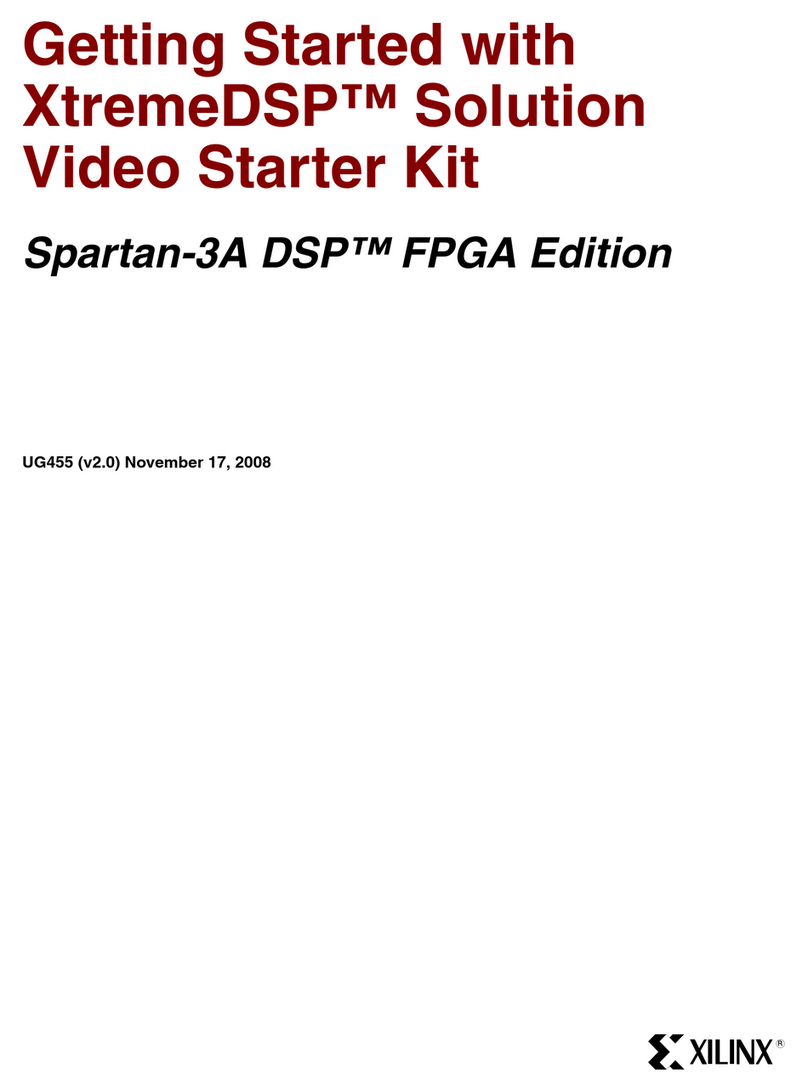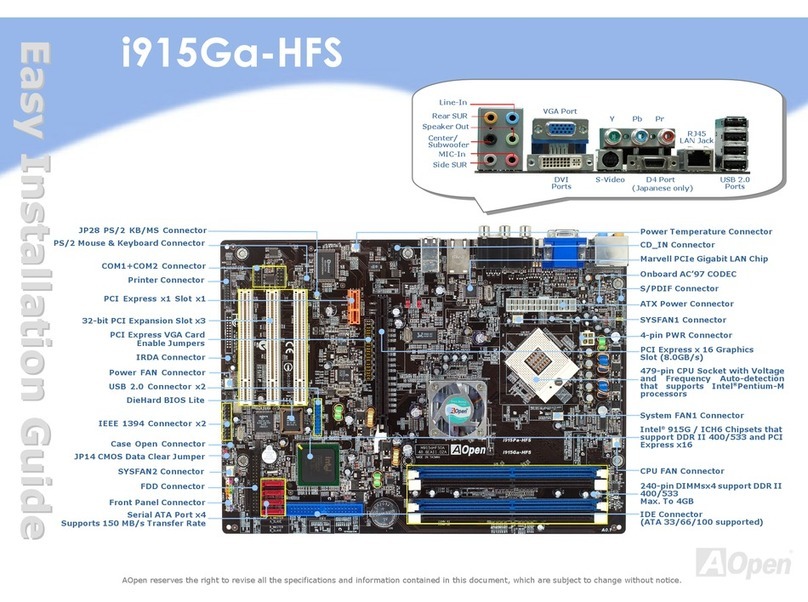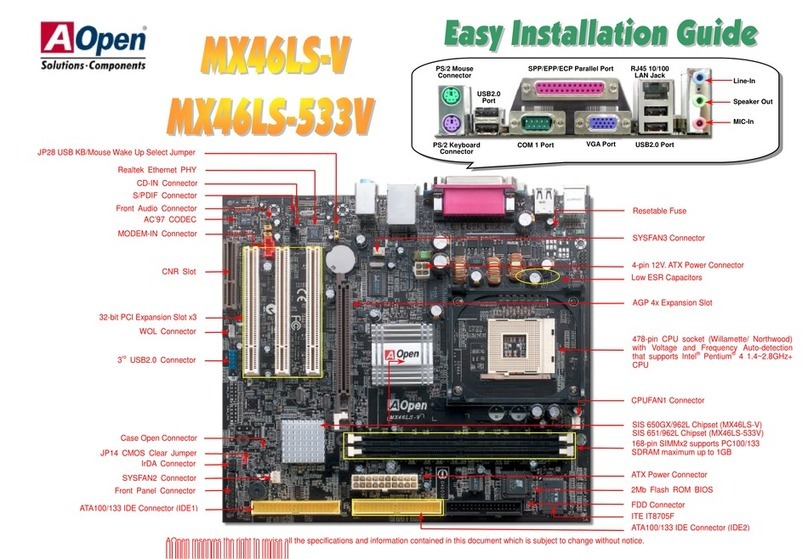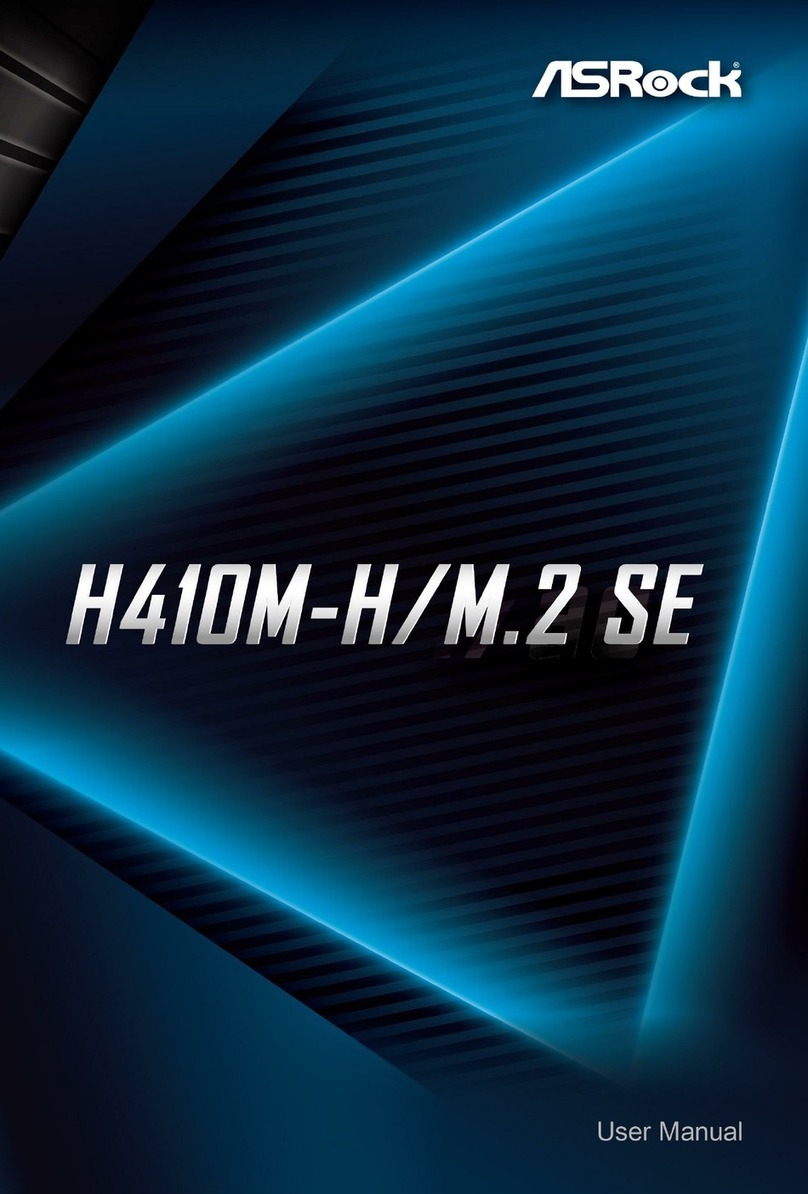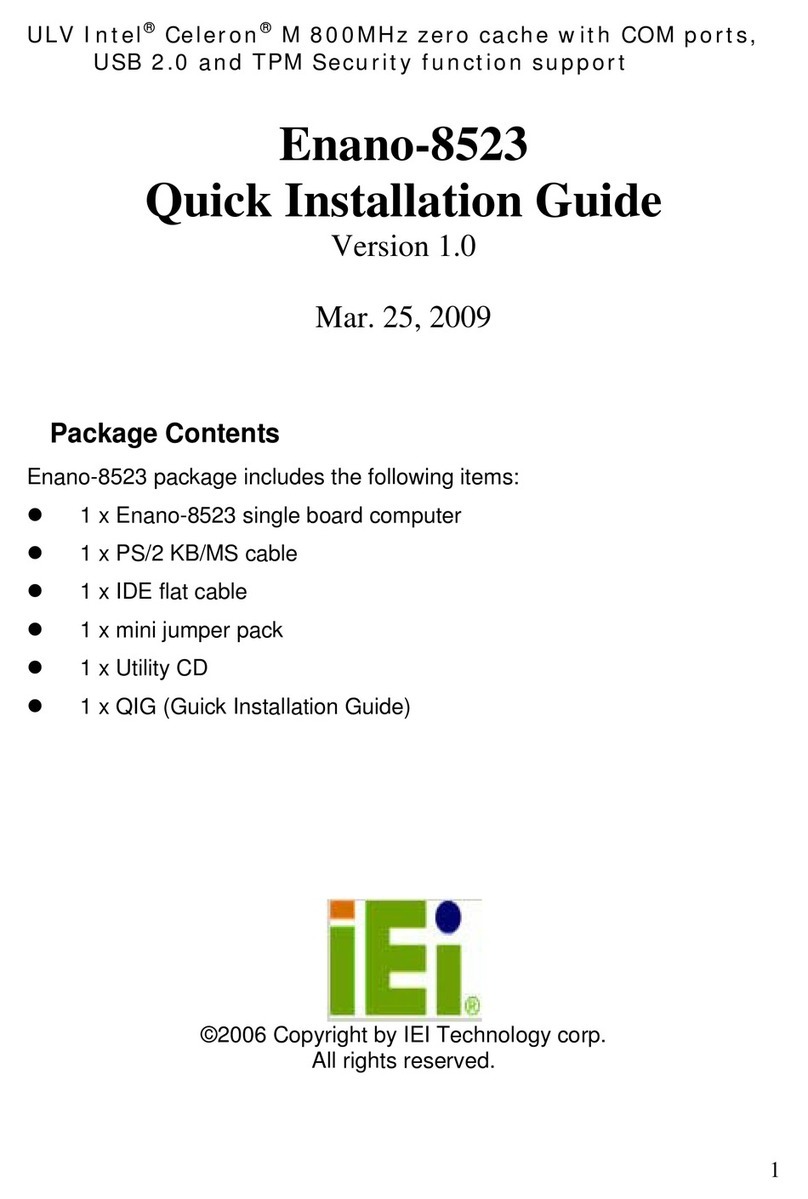YOKOGAWA AF220 Installation and operating instructions

www.cypress.com Document No. 002-05108 Rev. *B 1
AN205108
F²MC-16LX Family, Flash Programmer Yokogawa AF220/221
This application note describes the set up and using of the third party Flash-Programmer “Yokogawa AF220/AF221”.
Contents
1Introduction...............................................................1
1.1 Programmer overview......................................2
1.2 System overview..............................................3
1.3 Serial Interface Cable ......................................4
1.4................................................................................5
1.5 Target Probe....................................................5
2Hardware Set-up ......................................................9
2.1 Hardware Configuration...................................9
3Stand-alone operation............................................11
4Software –Remote Controller AZ290.....................12
4.1 Parameter Load.............................................12
4.2 File transfer to PC-card..................................12
5Software –Remote Controller Library AZ291.........15
6External Key Entry Interface AZ233.......................16
7Pass/Error Adapter AZ266 .....................................17
8Part List..................................................................18
9Contact Addresses.................................................19
9.1 Hitex Development Tools GmbH ...................19
9.2 AK Elektronik Vertriebs GmbH ......................19
9.3 Ashling Microsystems LTD............................19
9.4 Yokogawa Digital Computer Corporation.......19
10 Appendix ................................................................20
10.1 Time Measurement........................................20
11 Document History...................................................21
1 Introduction
This application note describes the set up and using of the third party Flash-Programmer “Yokogawa AF220/AF221”.
The programmer allows in-circuit programming of Cypress microcontrollers using the serial-synchronous interface.
The Yokogawa AF220/AF221 can be adapted to different target controller types by changing the control-module (PC-
card). With the FF201 module near all Cypress microcontrollers of the 16LX-series can be programmed. The FF205
module supports the MB91F150-family (32-Bit), the FF206 module has to be used together with MB91F360-family
(32-Bit).
It can be used as stand-alone system as well as a PC-controlled programmer using the RS-232C or the Ethernet
interface.
The optional software package AZ290 allows to program remotely control application software created at customers'
sites.
User information and system settings can be stored on the PC-card.

F²MC-16LX Family, Flash Programmer Yokogawa AF220/221
www.cypress.com Document No. 002-05108 Rev. *B 3
1.2 System overview
A typical system environment is depicted in the Figure 2 to 4 . Depending on the operation mode, the programmer
can be used as stand-alone programmer or it can be connected to a PC via RS-232C or Ethernet interface.
Figure 2. Stand-alone Programmer
When using the programmer as stand-alone system then the following components have to be ordered separately:
Flash Programmer AF220/221
Control Module FF201 for Cypress 16LX-series
Interface cable AZ210 or AZ211 or AZ212 (see chapter “Target Probe” below)
In case that the programmer wants to be controlled by a PC then additionally the
Remote Controller Software Package AZ290 (can be download from homepage) and
RS-232C cable AZ221/AZ222 or twisted Pair Ethernet cable
have to be ordered, too
Figure 3. PC connection via RS-232C Figure 4. PC connection via Ethernet
If an own software front-end wants to be development then the library-package AZ291 has to be ordered additionally.

F²MC-16LX Family, Flash Programmer Yokogawa AF220/221
www.cypress.com Document No. 002-05108 Rev. *B 4
1.3 Serial Interface Cable
Two serial interface cables are available.
1.3.1 AZ221
If the COM-port of the host PC uses a 9-pin D-Sub connector then interface cable AZ221 has to be used.
Figure 5. Serial interface cable AZ221
1.3.2 AZ222
In case, that the COM-port of the host PC uses a 25-pin D-Sub connector, the interface cable AZ222 has to be used.
Figure 6. Serial interface cable AZ222

F²MC-16LX Family, Flash Programmer Yokogawa AF220/221
www.cypress.com Document No. 002-05108 Rev. *B 5
1.4 Target Probe
The AF220/221 Flash Programmer uses a rare connector for connection to the target board:
DX31A-28P/DX-28-CV from Hirose Electric (www.hirose.com)
Figure 7. Pin Layout of Target Probe Connector
Figure 8. Pin Layout of Target Probe Connector viewed from cable side
Yokogawa offers optional three types of Probe Cables (Interface Cable). Depending on the target board a cable with
connector on both sides, with test clip on one side or a simple cable has to be ordered:
Figure 9. Interface Cable AZ210 Figure 10. Interface Cable AZ211 Figure 11. Interface Cable AZ212

F²MC-16LX Family, Flash Programmer Yokogawa AF220/221
www.cypress.com Document No. 002-05108 Rev. *B 6
Table 1. Signal assignment of interface cable
AF220 -
Signal Name
AZ210 / AZ212
Pin No.
AZ211
Cypress-Name
Pin No.
color
TRXD
27
1
brown
SOTx *1
TTXD
13
2
red
SINx *1
TCK
6
12
white & red
SCKx *1
TAUX
23
9
white
P00 *2
-
-
-
-
P01*2
TMODE
12
4
yellow
MD0
TAUX4
20
11
white & brown
MD1
TAUX3
19
13
white & orange
MD2
/TRES
5
14
white / yellow
/RST
/TICS
10
8
grey
optional *3
TVCC
2
20
light blue
Vcc
VCC
3
18
white & grey
Vcc
GND
1,7,8, 14, 15, 21, 22, 28
soldered on PCB
(black)
GND
*1 : The used serial interface depends on the microcontroller series.
*2 : Instead of P00, P01 other port-pins may be used (See to Application-Note AN-MCU-390031-E-xx)
*3 : The programmer signals (SINx, SOTx, SCKx, P00, P01, \RST) may conflict with the user-system while
programming. The signal /TICS can be used to disconnect the user circuit but additional three-state drivers have to
be used. Refer to the chapter “Examples of serial programming connection” of the MCU hardware manual
.

F²MC-16LX Family, Flash Programmer Yokogawa AF220/221
www.cypress.com Document No. 002-05108 Rev. *B 7
1.5 External Key Entry Interface Cable AZ223
Optional two buttons can be connected externally to EXT.KEY in order to start a command sequence (see chapter 6).
Figure 12. Pin Layout of Connector EXT.KEY
Figure 13. Connection of external key OAK1
Figure 14. Connection of external key OAK2
Figure 15. Connection of external reset key
Reset
Pin 1
Pin 6
OAK2
Pin 3
Pin 8
Pin 2
Pin 7
OAK1

F²MC-16LX Family, Flash Programmer Yokogawa AF220/221
www.cypress.com Document No. 002-05108 Rev. *B 8
1.6 Pass/Error Adapter AZ266
This optional adapter uses the signal output from EXT.KEY to give the result of programming (PASS / ERROR). It
can be used to drive lamps or buzzer in e.g. a manufacture line.
Figure 16. Pass/Error Adapter AZ266
Table 2. Pin out of Pass/Error Adapter AZ266
Pin
Signal Name
Explanation
1
RES+
Reset Key
2
RES-
5
OAK1+
One Action Key 1
6
OAK1-
9
OAK2+
One Action Key 2
10
OAK2-
13
VCC
5V, max. 100mA
14
VCC
15
/User clear
User clear input (low active)
17
/PASS
Pass signal (low active, open collector: VOH=20V, IOL=40mA)
18
/ERROR
Error signal (low active, open collector: VOH=20V, IOL=40mA)
19
GND
GND
20
GND

F²MC-16LX Family, Flash Programmer Yokogawa AF220/221
www.cypress.com Document No. 002-05108 Rev. *B 9
2 Hardware Set-up
This chapter describes how to set up the programmer
2.1 Hardware Configuration
The right PC-card (for Cypress 16LX-series: FF201) has to be inserted in the card slot of the programmer. Of course,
the power connection with the external power-adapter and the connection to the target board via the interface cable
have to be done, too.
After switching on the power supply, an internal system-check is done and the used control module name is
displayed.
In case that another microcontroller wants to be used, another Micom Pack has to be used.
2.1.1 Changing the MCU series
In order to change the microcontroller type the latest Micom Pack including the module parameter file (*.prm) and
write control program (*.BTP), means bootloader-kernel, has to be downloaded from
http://www.ydc.co.jp
The *.BTP file is like a bootloader-kernel and is always related to a special microcontroller series.
1. Download latest Micom Pack regarding to your microcontroller-series.
2. Remove PC-card from Yokogawa Programmer.
3. Insert PC-card to Personal Computer with an enabled PC-card slot.
Note:
In order to enable access to the PC-card the PC-card driver of Windows has to be installed on your PC. Add the
following lines to the config.sys in order to find the PC-card as a drive within the Widows-Explorer:
device=c:\windows\system\csmapper.sys
device=c:\windows\system\carddrv.exe/slot=2
4. Copy the write control program (*.BTP) to PC-card.
5. Remove PC-card from Personal Computer.
6. Insert PC-card to Yokogawa Programmer.
If no PC with PC-card slot is available then the BTP-file can be exchanged using the Remote software package
AZ290 (see chapter 4):
The old BTP-file has to be erased by the command File Purge[FUNC] + F 3 in the tab Basic-Operation. Afterwards
the new BTP-file can be copied by using the function “Bundle-File: File Copy from HD to DOS area” from the tab File-
Transfer.
Note:
Only one write control program (*.BTP) is allowed to be stored on the PC-card!
In case that more than one BTP-file is located on the PC-card the programming might fail!

F²MC-16LX Family, Flash Programmer Yokogawa AF220/221
www.cypress.com Document No. 002-05108 Rev. *B 10
2.1.2 Connection to the Target Board
All devices of the Cypress 16LX-series use at least eight signal lines for serial programming:
SINx, SOTx and SCKx for serial communication *1
MD0, MD2, P00, P01 for Mode-setting *2
RST for Reset
*1:The used serial interface depends on the microcontroller series.
*2:Instead of P00, P01 other port-pins may be used
Please refer to the AN-MCU-390031-E-vxx Programming Flash MCUs.
Depending on the used interface cable the corresponding pin connection according to Table 1 has to be used.
Figure 17 shows a typical connection between the Yokogawa Flash-Programmer and the target system with a
Cypress 16LX-microcontroller.
Please refer to the Flash-Programmer manual or the hardware manual of the related microcontroller (chapter
“Examples of serial programming connection”) in order to get more detailed information.
Figure 17. Example of connecting with Cypress target system
Vcc
27 (1 brown)
13 (2 red)
6 (12 white&red)
23 (9 white)
12 (4 yellow)
20 (11 white&brown)
19 (13 white&orange)
5 (14 white&yellow)
P01
Yokogawa
Flash-Programmer
AF220/221
Cypress
Microcontroller
16LX
(MB90Fxxx)
SOTx
SINx
SCKx
P00
MD0
MD1
MD2
/RST
TRXD
TTXD
TCK
TAUX
TMODE
TAUX4
TAUX3
/TRES
+
+
+
+
+
1,14,15,28 (black, directly soldered on PCB)
GNDx
GND
2 (20 lightblue)
TVCC
+
VCC
+
3 (18 white&grey)
max 100mA
Note: 1) All pin (number/colours) in brackets are for probe
AZ211 2) All resistors are 10kOhm

F²MC-16LX Family, Flash Programmer Yokogawa AF220/221
www.cypress.com Document No. 002-05108 Rev. *B 11
Note:
For minimum configuration at least the signals GND(GND), TRXD(SOTx), TTXD(SINx), TCK(SCKx), /TRES(/RST)
and TVCC(VCC) have to be connected. The other MCU signals can be set static to their levels: MD0=P00=GND,
MD1=MD2=P01=Vcc while programming.
3 Stand-alone operation
This chapter describes the Yokogawa Flash-Programmer in stand-alone mode.
The Yokogawa Flash-programmer can be used as stand-alone programmer. In this case, the programmer can be
controlled by the integrated keypad.
The basic functions are listed below.
Note that an explicit connect-command does not exist.
Table 3. Basic Functions in stand-alone mode
Function
Key-code
Load HEX-file
[FUNC] F 1 / [SET] [FUNC] [SET]
Blank Check
[DEV] 9 [SET] [DEV] [SET]
Erase (including blank-check)
[DEV] C [SET] [DEV] [SET]
Program
[DEV] D [SET] [DEV] [SET]
Read Check (Verify)
[DEV] E [SET] [DEV] [SET]
Automatic (Erase, Program, Verify)
[DEV] F [SET] [DEV] [SET]
Save HEX-file
[FUNC] F 2 / [SET] [FUNC] [SET]
Purge file
[FUNC] F 3 / [SET] [FUNC] [SET] [SET]
For further and more specific functions, please refer to the Instruction Manual of the Yokogawa Flash-programmer.

F²MC-16LX Family, Flash Programmer Yokogawa AF220/221
www.cypress.com Document No. 002-05108 Rev. *B 12
4 Software –Remote Controller AZ290
This chapter describes how to remote control the Yokogawa Flash-Programmer by a PC.
The Remote Software Package AZ290 allows to set-up and to control the Flash-Programmer by a PC.
Connect the Flash programmer AF220/221 via RS-232C or Ethernet to the PC. If the Ethernet wants to be used, refer
to the user-manual how to set-up the IP-address.
Start the Remote-Software AZ290. The software should automatically find the programmer.
4.1 Parameter Load
The parameter file contents the microcontroller-related information like e.g. Flash-Memory size.
In order to load a new microcontroller series, open the tab “File Transfer” and select “Parameter Load from HD”.
After the file is successfully loaded, the MCU-type is shown on the programmers LC-display.
4.2 File transfer to PC-card
Keep in mind that the related bootloader-kernel (write control program, *.BTP) has to be copied manually to the PC-
card. This can be done by the button “File copy from HD to DOS area” in the group “Bundle File”. See chapter 2.1.1
for more details.

F²MC-16LX Family, Flash Programmer Yokogawa AF220/221
www.cypress.com Document No. 002-05108 Rev. *B 13
4.3 Basic Operation
The basic functions for file handling (load, save, purge, etc.) on the PC-card and for programming a device are
available in the tab “Basic Operations”.
4.3.1 File Operation
Within the Group “File Operation” basic functions for handling the data files on the PC-card can be found:
FILE LOAD copies data from PC-card into the buffer
FILE SAVE stores data from the buffer to the PC-card
FILE PURGE deletes a specific file
Figure 18. File operation on PC-card
Please take care that the file handling is a little bit windows unusual:
Whether files can be marked in the file list, this will not be kept after a file operation is selected. Within the file
operation the filename has to be picked by the buttons +and –
.

F²MC-16LX Family, Flash Programmer Yokogawa AF220/221
www.cypress.com Document No. 002-05108 Rev. *B 14
4.3.2 Device Function
The basic functions for programming a device are available in the tab “Basic Operations”:
ERASE - erases the flash-memory and performs blank check
BLANK - checks whether the memory is cleared
PROGRAM - programs the flash-memory with the data of the buffer; after programming a verify (=read) is done
READ - means Read-check and verifies the flash-memory with the buffer
COPY - readouts the flash-memory into the buffer
E.P.R - performs automatically: ERASE –PROGRAM –READ (verify)
ERASE
Program
Flash
Automatic
Readout Flash
Verify
Blank Check

F²MC-16LX Family, Flash Programmer Yokogawa AF220/221
www.cypress.com Document No. 002-05108 Rev. *B 15
5 Software –Remote Controller Library AZ291
This chapter lists the software library functions for programming own applications
A software package AZ291 is available to program own front-end applications.
The library functions are based on Visual Basic 5.0.
Overview of Library Functions included in AZ291:
BUFFER_CLEAR ()
BLOCK_STORE ()
CHECK_YSM ()
REQUEST_SUM ()
FILE_LOAD ()
FILE_PURGE ()
FILE_ALL_PURGE ()
DOSFILE_DOWNLOAD ()
DOSFILE_UPLOAD ()
FILE_DOWNLOAD ()
FILE_UPLOAD ()
PARAMETER_DOWNLOAD ()
PARAMETER _UPLOAD ()
DEVICE_ERASE ()
PROGRAM ()
EPR ()
READ ()
COPY ()
BLANK ()
SET_RS232C_PARAMETER ()
COM_CHECK ()
DISPLAY_TYPE ()
STATUS ()
CONTROL_MODULE_DOWNLOAD ()
For more details, please refer to the User Manual of AZ291

F²MC-16LX Family, Flash Programmer Yokogawa AF220/221
www.cypress.com Document No. 002-05108 Rev. *B 16
6 External Key Entry Interface AZ233
This chapter describes how to use two external buttons to control the Flash-Programmer
In order to integrate the Yokogawa Flash-Programmer in an automatic assembly line, two external switch-buttons or
relays connected to EXT.KEX can be used to start a command sequencer.
A command sequence file (*.CSB) is used to define the function.
In case that the signal lines OAK1+ and OAK1- respectively OAK2+ and OAK2- are shortcut the command sequence
LK1 respectively LK2, stored in the CSB-file, is started.
Alternatively two buttons of the keypad can be used, see
This text file consists of two lines. It can be easily edited, e.g.:
my.csb:
LK1,04,E,B,P,R;remark: Erase/BlankCheck/Program/Verify [CRLF]
LK2,01,P;remark: only Program without erasing the chip [CRLF]
Number of commands Command Sequence
E ERASE P Program
B Blank Check R Read Check (Verify)
Note: A maximum number of 16 commands can be executed within one sequence.
Figure 19. One Action key
EXT.KEY

F²MC-16LX Family, Flash Programmer Yokogawa AF220/221
www.cypress.com Document No. 002-05108 Rev. *B 17
7 Pass/Error Adapter AZ266
This chapter describes how to output the programming result
For extended functionality within an assembly line, the Pass/Error adapter AZ266 (see chapter 1.6) may be helpful to
output the result of programming.
By this adapter, communication with a SPS-interface is possible.
Figure 20. Pass/Error adapter AZ266
Table 4. Function results
Function
PASS
ERROR
ERASE
Chip was erased successfully
Chip erase failed
BLANK CHECK
Chip is empty
Chip is not empty
PROGRAM
Program ended successfully
Programming failed
READ
Verify okay
Verify failed
E.P.R.
Automatic programming
ended successfully
Automatic programming failed
Yokogawa
Flash-Programmer
AF220
PASS/ERROR
Adapter
AZ266
Ext.KEY
PASS
ERROR
Start Programming
OAK1
OAK2

F²MC-16LX Family, Flash Programmer Yokogawa AF220/221
www.cypress.com Document No. 002-05108 Rev. *B 18
8 Part List
AF221 Main Unit of Flash microcomputer Programmer
FF201 Control Module for Cypress 16LX microcontroller
FF205 Control Module for Cypress microcontroller 91F154, 91F155
FF206 Control Module for Cypress microcontroller 91F362GA (asynchronous mode)
AZ221 PC cable (D-SUB 9pin –D-SUB 9pin)
AZ222 PC cable (D-SUB 9pin –D-SUB 25pin)
AZ210 Probe cable with 2x Hirose-connector
AZ211 Probe cable with Test-clips
AZ212 Probe cable with open end
AZ223 EXT.KEY interface cable
AZ266 PASS/ERROR Adapter
AZ290 Remote Control Software (can be downloaded from YDC homepage)
AZ291 Remote Control Software including Library functions to build own applications

F²MC-16LX Family, Flash Programmer Yokogawa AF220/221
www.cypress.com Document No. 002-05108 Rev. *B 19
9 Contact Addresses
9.1 Hitex Development Tools GmbH
Mr. Roland Helbig
Director Marketing & Sales
Greschbachstr. 12
76229 Karlsruhe
GERMANY
Phone: +49-(0)721 9628 - 134
Fax: +49-(0)721 9628 - 149
http://www.hitex.de
9.2 AK Elektronik Vertriebs GmbH
Mr. Gerhard Neumann
Eichenstrasse 11
86567 Hilgertshausen
Germany
Phone: +49-(0)8250 999515
Fax: +49-(0)8250 999520
http://www.ak-elektronik.de
9.3 Ashling Microsystems LTD.
Mr. Ian Harry
Intec2, Wade Road,
Basingstoke, Hants, RG24 8NE,
United Kingdom
Phone: +44-(0)1256-811998
Fax: +44-(0)1256-811761
http://www.ashling.com/
9.4 Yokogawa Digital Computer Corporation
Teruki Kawano
Intec2, Wade Road,
Basingstoke, Hants, RG24 8NE, UK
Phone: +44-(0)1256-811998,
FAX: +44-(0)1256-811761

F²MC-16LX Family, Flash Programmer Yokogawa AF220/221
www.cypress.com Document No. 002-05108 Rev. *B 20
10 Appendix
10.1 Time Measurement
Based on a MB90F394 with 384KByte Flash the following execution time was measured:
Command
Time
Remark
ERASE
9 sec
called by One Action key (CSB-file)
BLANK CHECK
4 sec
called by One Action key (CSB-file)
ERASE (incl. BlankCheck)
11 sec
[DEV] C [SET] [DEV] [SET]
PROGRAM (128K)*1
5 sec
called by One Action key (CSB-file)
PROGRAM (384K)
14 sec
called by One Action key (CSB-file)
PROGRAM (128K) (incl. Read-Check)
7 sec
[DEV] D [SET] [DEV] [SET]
PROGRAM (384K) (incl. Read-Check)
18 sec
[DEV] D [SET] [DEV] [SET]
Note *1
In case that not the total memory space is used the start-address and end-address have to be set manually:
[FUNC] 0 FE0000 wait some seconds FFFFFF wait some seconds [SET] [FUNC] [SET]
Start-address End-address
For further details see AF220 Instruction manual.
This manual suits for next models
1
Table of contents
Popular Motherboard manuals by other brands
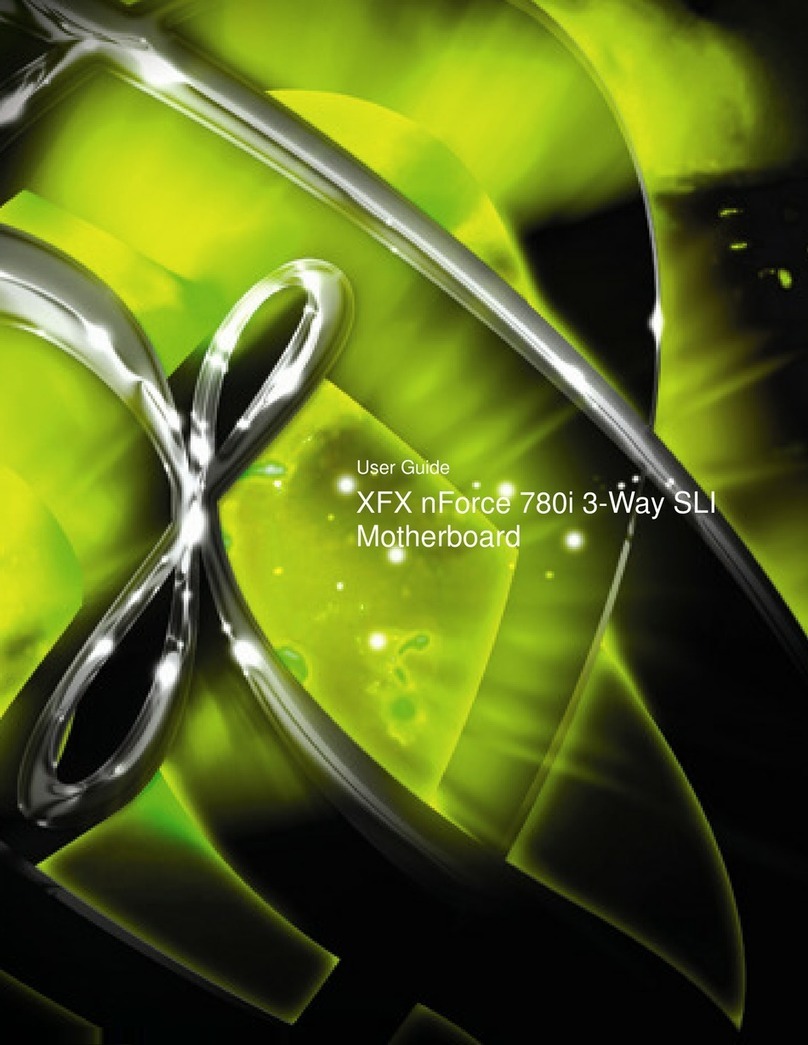
XFX
XFX nForce 780i 3-Way SLI user guide
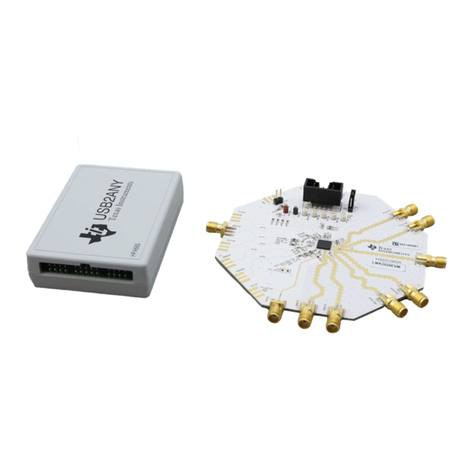
Texas Instruments
Texas Instruments LMX2820EVM user guide

ASROCK
ASROCK IMB-V1000 user manual
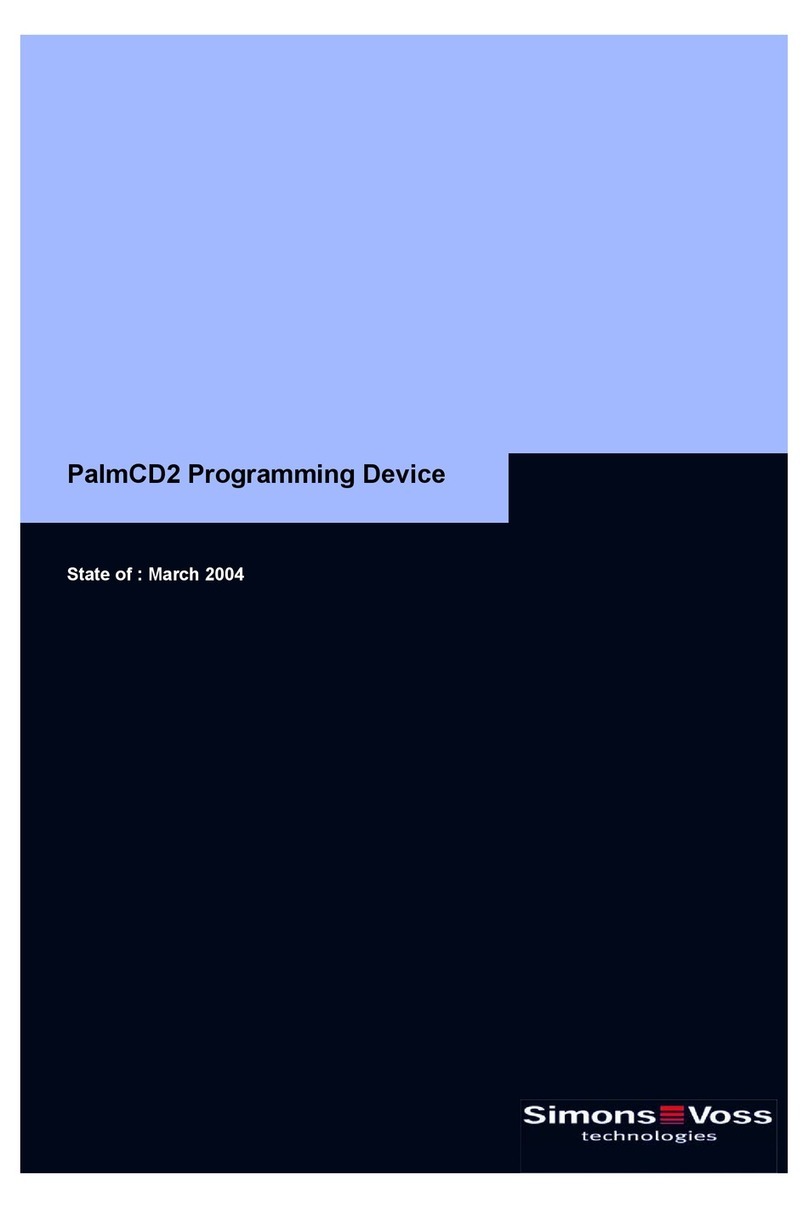
Simons Voss Technologies
Simons Voss Technologies PalmCD2 manual
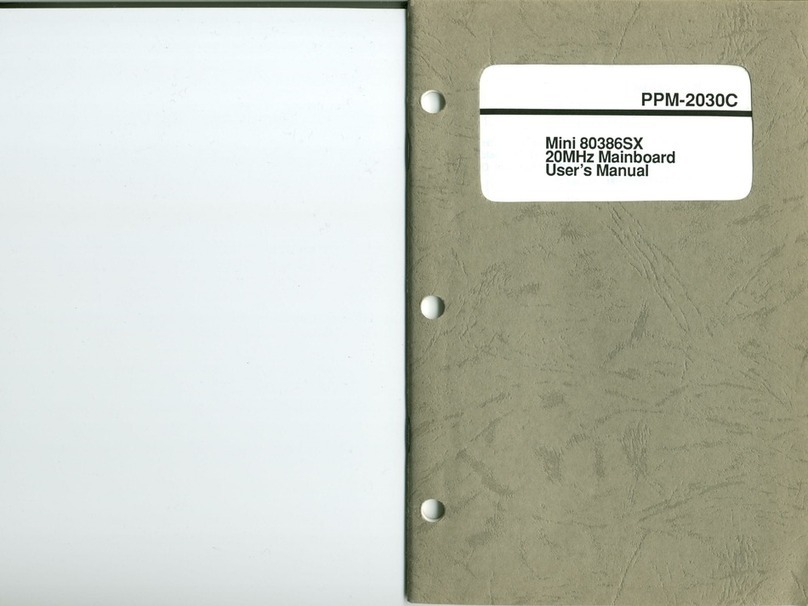
Datatech Enterprises
Datatech Enterprises Mini 80386SX user manual
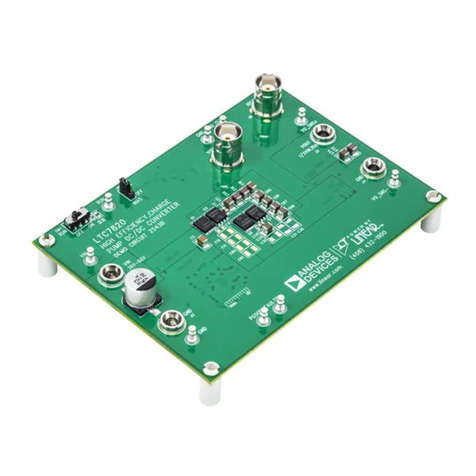
Linear
Linear ANALOG DEVICES DC2543B Demo Manual


